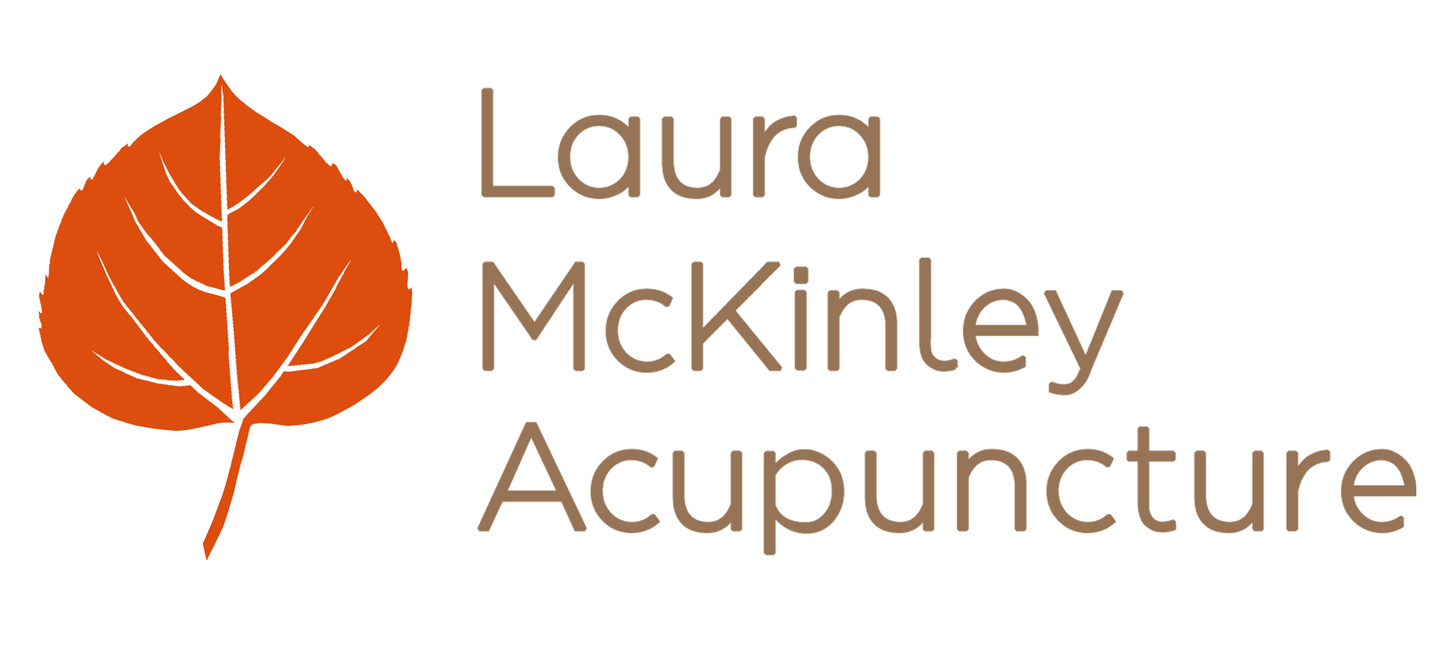Intro to Yin and Yang Theory
/Yin and Yang are at the core of Asian medical theory. Asian medicine developed from Daoist theory. If you’ve been introduced to Daoism, you are probably aware that the essence of the Dao is that all things have a complementary aspect. That is, nothing exists as one, but as two. Yang and yin are the names for these complementary aspects. Yin does not exist without yang and yang does not exist without yin.
When trying to understand Asian medicine, it is often simplest to look at nature. Day exists because of its sister, the night. The sun can be named because we have a moon. We understand brightness as opposed to shade. We know heat because we know coolness. Something may be fast in comparison to that which is slow.
In the examples above, yang is day, the sun, brightness, heat, and speed. Yin is night, the moon, shade, coolness, and slowness. Yang is dry. Yin is wet. Yang is light. Yin is dark. Yang is movement, yin is rest. Yang is fire, yin is water.
Yin and yang energies shift throughout the year. Fall and winter are Yin seasons, whereas spring and summer are Yang seasons. Thinking about the weather makes this distinction rather clear. Fall and winter days tend to be cooler, and the daylight hours are waning. These cool temperatures and dwindling sunshine are yin characteristics. Spring and summer days are warmer and the sun is bright and enduring. Warm temperatures and longer daylight are yang characteristics.
All things can be distilled further and further into yin and yang complements. Nothing is completely yang or completely yin. There is always a balance in play from the viewpoint of Asian medicine. The balance of yin is always relative to the balance of yang. Consider dusk. Dusk is a mostly yin time of day; as the sun sets, night predominates in comparison to day. However, dusk would be considered yang in comparison to midnight, when the sun/yang is at its furthest. Let's take another glimpse at nature to explore the balance of yang and yin by delving deeper into the seasons.
Autumn is the season of Yang within Yin. At the fall equinox, energy shifts from summer's yang towards winter's yin nature. We already know that fall is a yin season. But then what makes it yang? Consider fall in comparison to winter. Fall is more yang than winter. The harvest is an active, yang-y activity. The days are beginning to shorten, but there is still a fair amount of sunlight. Animals bustle about preparing for hibernation. These are a few of autumn's yang characteristics.
Winter is the season of Yin within Yin, also known as Utmost Yin. This is the time of year to draw inward, move slowly, reflect, and be at rest. Think of how night predominates during winter. Most of us have a tendency to be more restful during winter. This helps to explain it's yin nature.
Spring is the season of Yin within Yang. At the Spring Equinox, seasonal energies switch from the yin of winter towards the yang of summer. Sprouts begin to burst through the dirt. Trees blossom. Animals emerge from hibernation and birthe their young. All of these are active, yang activities. In comparison to summer, however, spring is yin. The days are still wet and cool, and while sunlight is taking hold, it does not yet extend into the late hours of the evening.
Summer is the season of Yang within Yang, also known as Utmost Yang. Summer is the season of activity. With daylight hours extending long into the evening, many of us are out and about much later than we are in winter. The light, airy feeling of endless possibility that comes with summer is yang. Combine this with the hot days of summer to understand the concept of yang within yang.
When looking at health and harmony within the body, practitioners of Asian medicine also return to the roots of yin and yang. For example, A high fever is yang. The thirst that accompanies it indicates a relative depletion of yin. Lethargy and sluggishness are more yin, while twitches and tremors are indicators of yang which is not being rooted in yin.
Within the body, yang and yin can be viewed as function and form, respectively. The function of physiological processes is yang. The form which allows them to take place is yin. Metabolism, mental alertness, the fire of life: all of these are yang in nature. Meanwhile, organs and cells, the physical structure of the body: these are yin. Yin also provides the lubrication and moisture for yang processes. Consider the knee joint. This joint is made to bend, a yang activity. The fluids in the synovial cavity which allow for bending without your bones and ligaments rubbing together are yin.
The concepts of yin and yang can be infinitely dissected and compared. Feel free to ask me questions at your next visit about how yin and yang are present in your current health state.
Interested in learning more about the theories of Asian medicine? Check out my post on terminology.


